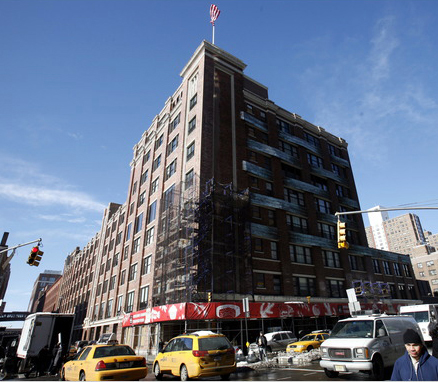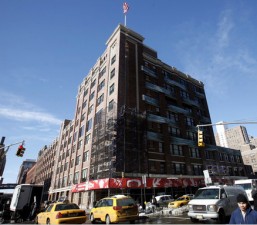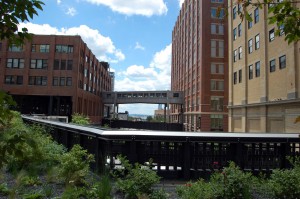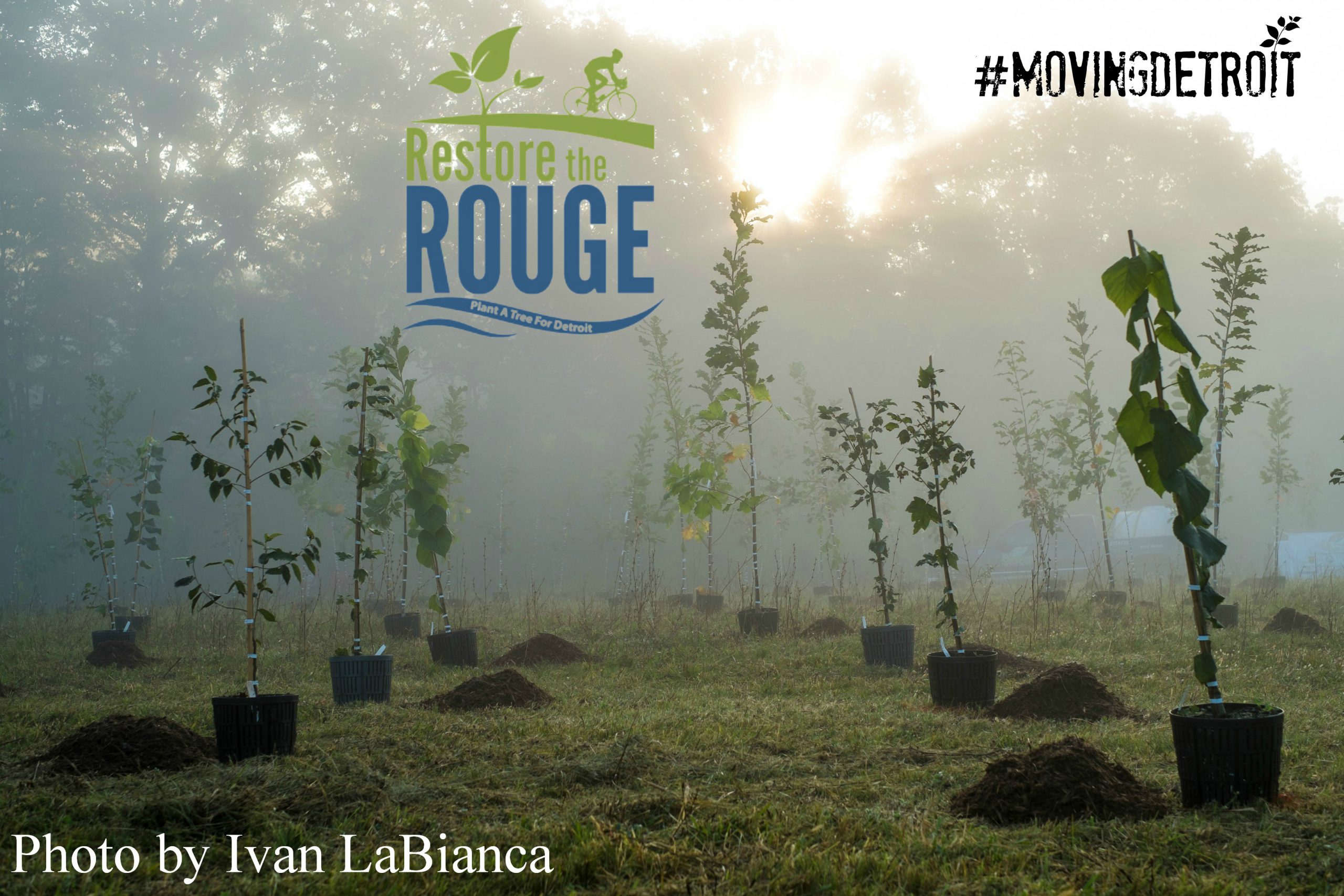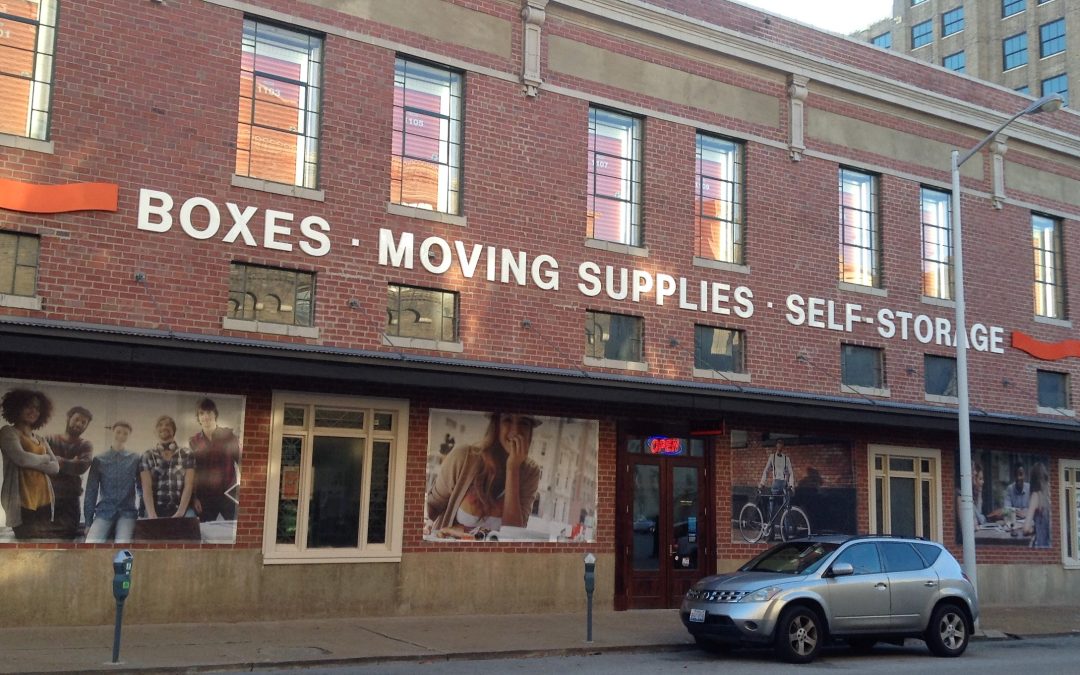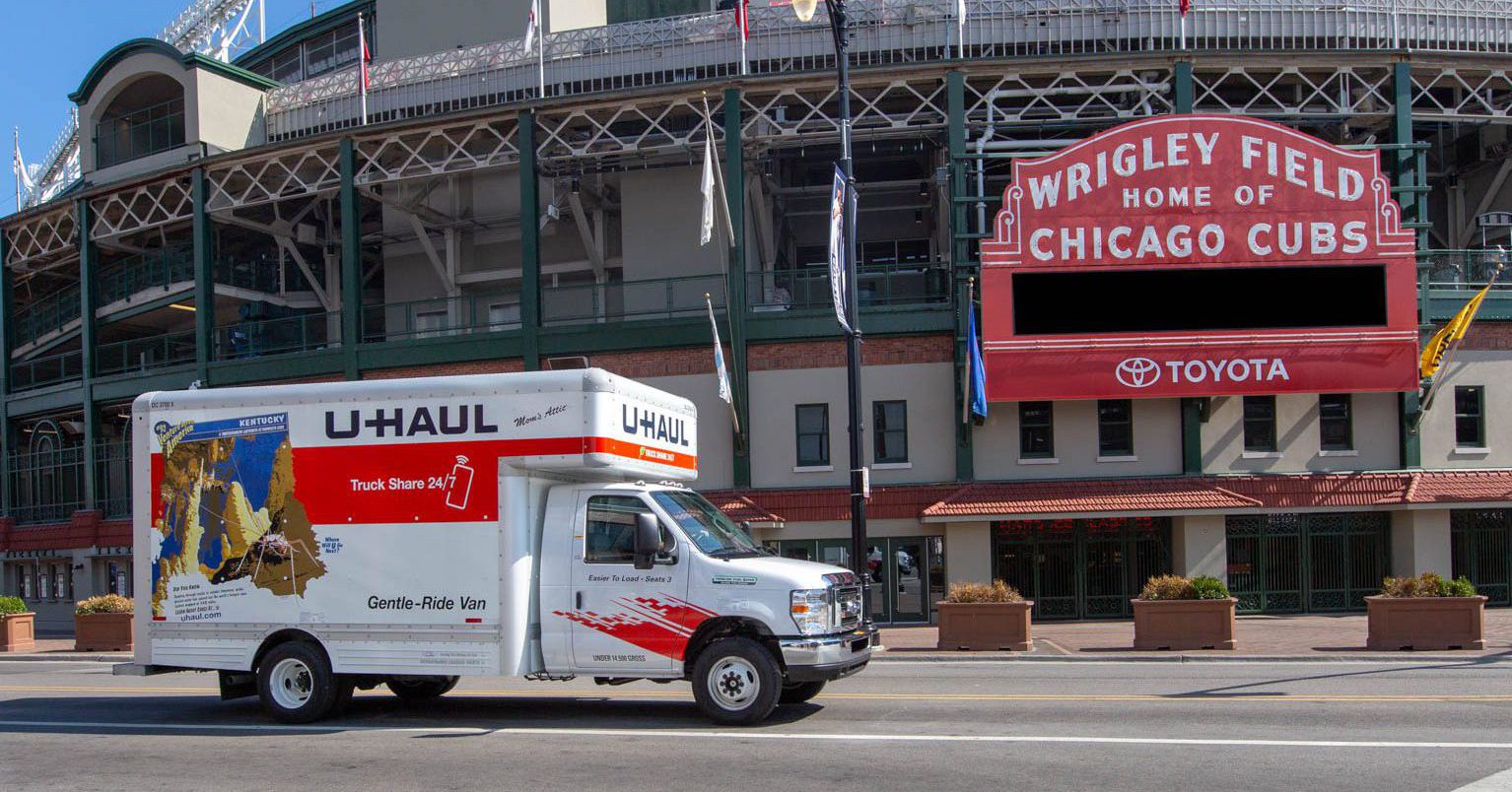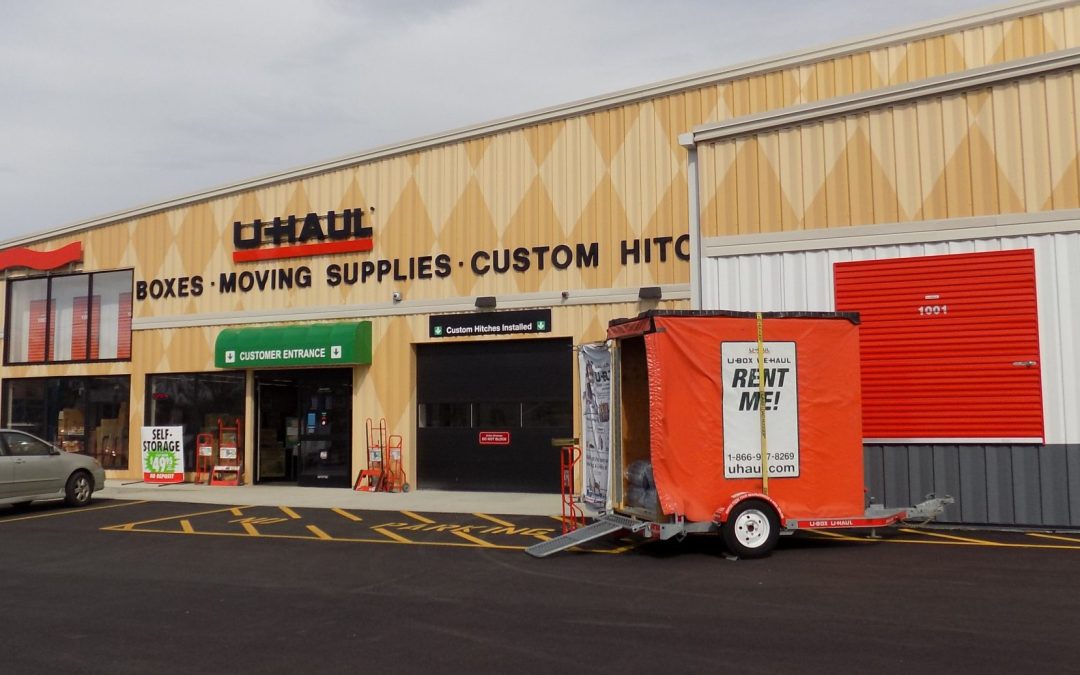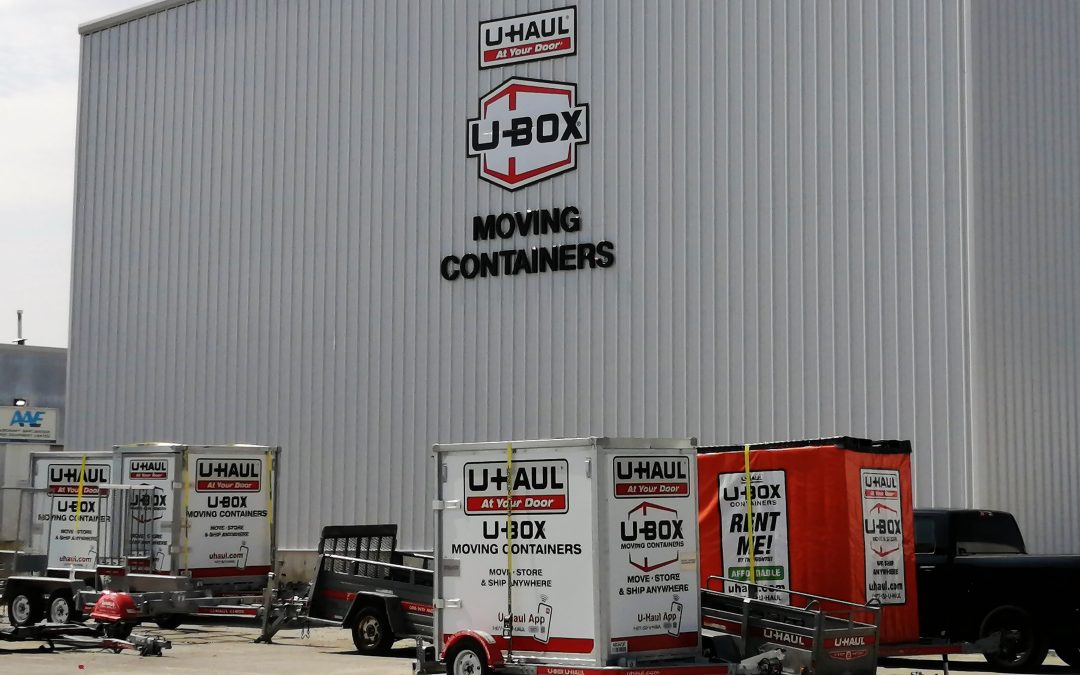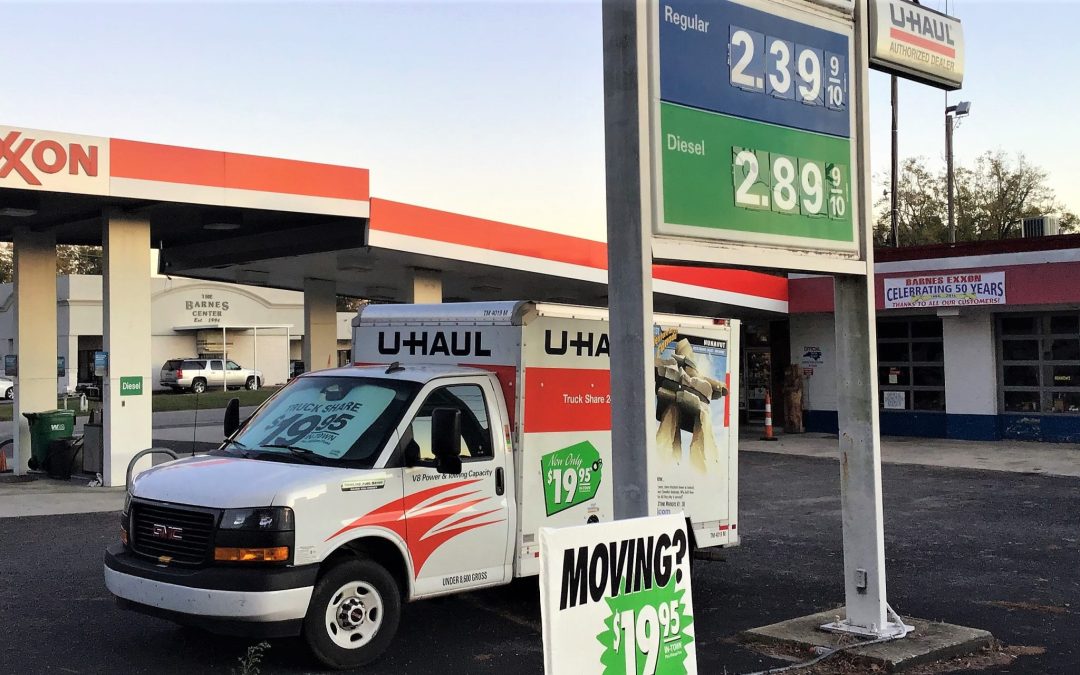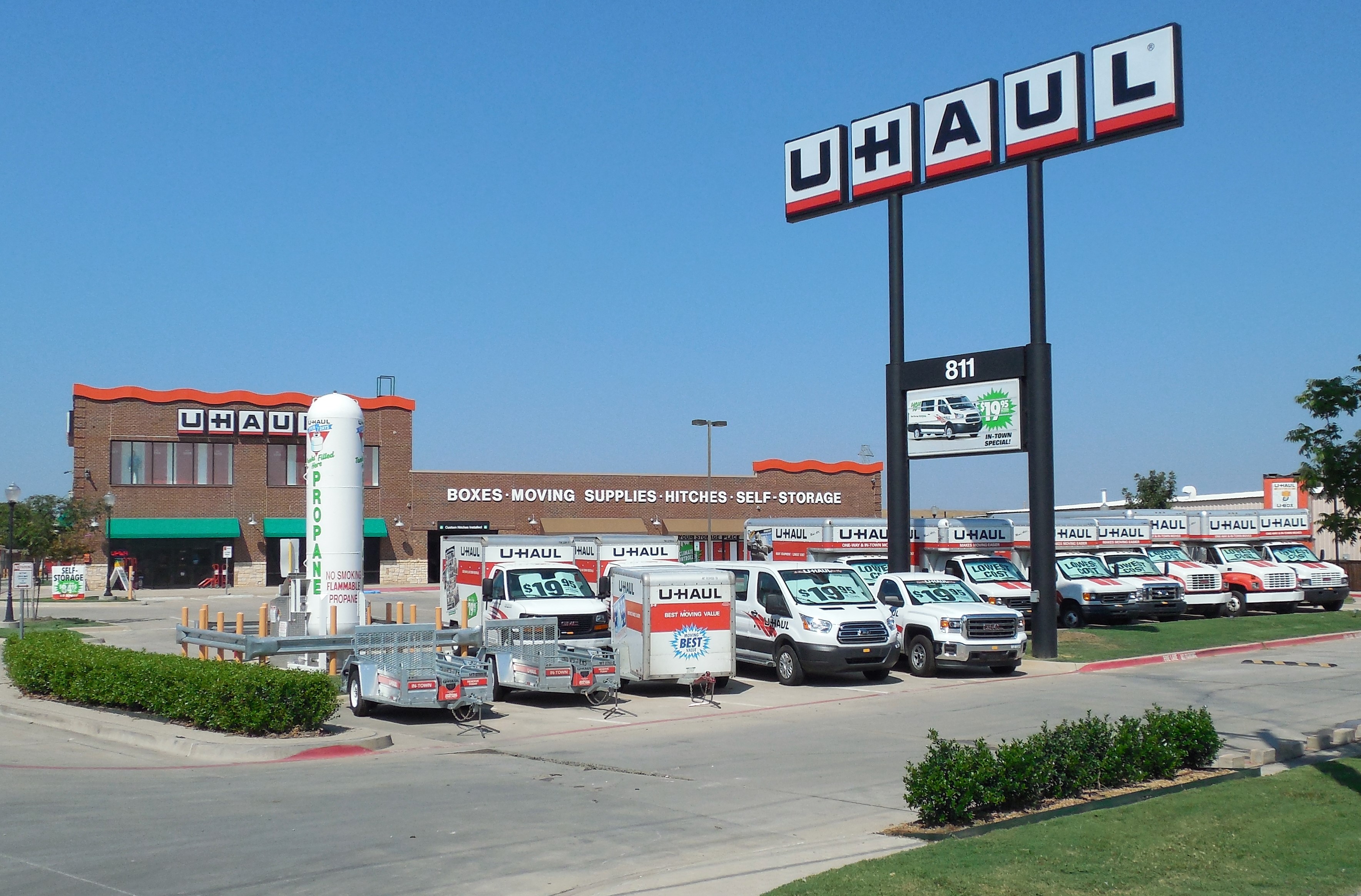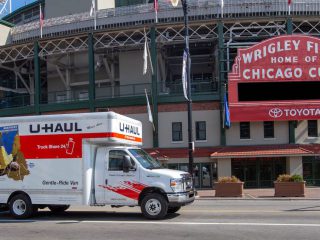This is the first in a series of posts about the adaptive reuse of Nabisco buildings around the country. The quality of construction and the location of these properties make them ideal focal points for urban revitalization.
The National Biscuit Company (Nabisco) complex in what is now west Chelsea was begun in the 1890s. Nabisco made history here in 1912, with the introduction of the Oreo Cookie – the best-selling cookie in the U.S.
In 1913, Albert G. Zimmerman, the staff architect for the company, designed the most prominent building in the complex, the 11-story, full-block structure from 10th to 11 Avenues and 15th to 16th Streets. By 1931, the site was the world’s largest baking complex.
With the construction of the elevated High Line in 1934, the factory’s southwest corner was replaced with a 5-story shipping and manufacturing building, featuring a second-story connection to the New York Central Railroad (NYCRR).
Louis Wirsching Jr., staff architect for National Biscuit in the 1930s, is said to have designed the faceted, aluminum-covered Art Deco pedestrian bridge connecting the two National Biscuit buildings facing each other across 10th Avenue.
In 1959, Nabisco sold the entire 22-structure, 2 million square foot complex. Over the years, the building, and the area slid into disuse and neglect.
In 1995, the complex was transformed into the Chelsea Market, an urban interior mall housing offices and studios/office spaces on upper floors and a long arcade of food stores and gourmet shops on the ground floor. The elevated train tracks have been revitalized as part of the High Line Park. The tracks are now lined with vegetation creating a beautiful scenic walking path through Chelsea. On the weekends street vendors, events and activities set up, making it one of the “must see” places in NYC.
Today, Chelsea Market is a well-known destination in an area where million-dollar lofts are being created in this one-time-leftover factory district. These improvements have been a huge transformation for this neighborhood, and we were able to watch it happen! U-Haul purchased a property in the heart of Chelsea in 1977 for Moving and Storage!
Have you been to Chelsea Market? Or walked along the newly landscaped High Line? What do you think of these revitalization projects?
Next up, we’ll take a look at the adaptive reuse of a Nabisco building in Pittsburgh and how it helps the revitalization of the surrounding community.
Read more about the current state of other Nabisco buildings.
~Pref


